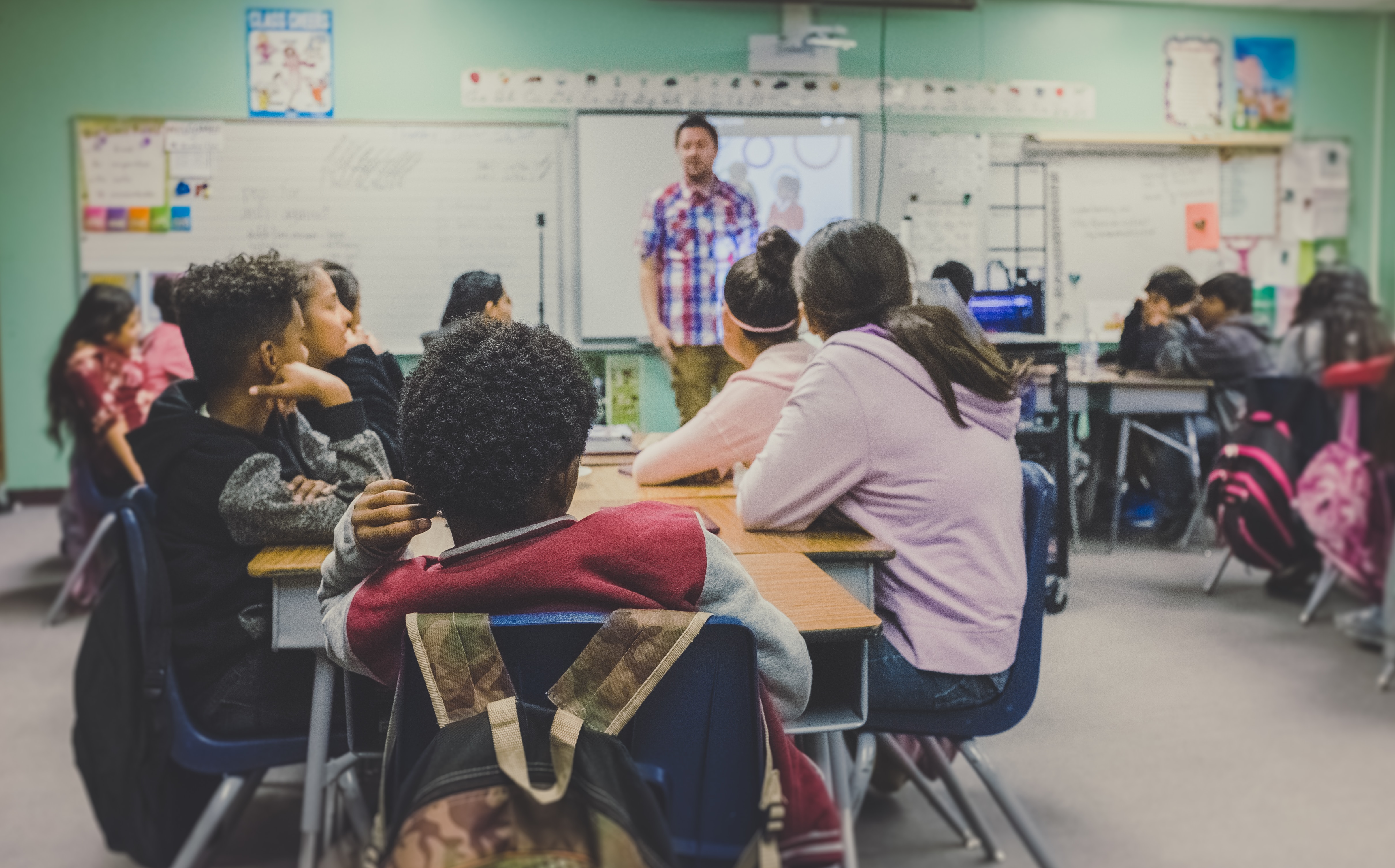I’ve been working recently with teachers on incorporating more blended learning strategies into their classroom instruction. This includes small group instruction, student paced learning, and an increase in instructional technology usage. With all of these different types of learning activities taking place at the same time the classroom can become very busy. It is important to have good systems in place and effective classroom management to ensure the classroom is functioning correctly.
Transitioning to Blended Learning
Some students are very comfortable with the traditional model of classroom instruction. Julie Daniel Davis explains why some students struggle in blended classrooms:
I am amazed at how hard it has been for some of the students to unlearn the “sit and get” way of instruction they have been accustomed to.
It may take several days before students adapt to lesson structure. Students need to be able to prioritize tasks, utilize time management skills, and self motivate to complete blended learning activities. For students who are struggling it may help to have a teacher station where you go through the activities with a particular group of students who need more support.
An important pat of setting up a blended learning classroom is developing the systems and structures. Sarah Rich talks about why it is important to develop routines with technology in your classroom:
Do not be tempted to rush through the implementation of these routines at the beginning of the year. Invest the time in establishing procedures now so that the rest of the year will run smoothly. And it is essential to review the procedures frequently to keep it fresh.
Teachers typically share and receive content from students using a learning management system (LMS). When you start to use a learning management system it is important to demonstrate and practice how to access content and submit assignments with students. I typically start with a low stakes assignment so that students can focus on learning how to use the LMS rather than trying to learn the LMS as well as new content at the same time. This helps to not overwhelm students with too many new things at once.
Consistency is important as well. Again, Julie Daniel Davis discusses why teachers should use the same vocabulary and icons during lessons:
So keeping things visually consistent. For instance, we have the following icons hanging from the ceilings or on desk groupings, as well as placed as a guide for where each student is to start each day.
This is important while explaining what students should be doing. Include the same computer icon on worksheets that will require students to use a computer. On your interactive board use icons for your Do Now activity that informs students this is an offline or online Do Now. Also, use a consistent vocabulary for tasks. For instance, don’t switch between “sign in” and “log in” or “shutdown” and “log off”. Pick one and stay consistent. This is particularly important in ENL classrooms. Consistently with written and oral directions will help your students better understand the task.
Purposeful Use of Technology
The use of technology should be purposeful and allow students to do something they weren’t able to do before. Sarah Rich also discusses why it is important to balance the use of technology in the classroom:
[H]ands on activities are essential to allow students to learn using different modalities and to support all learners. I try to incorporate a wide variety of activities to allow for balance even in a Blended Learning Classroom.
Not every learning activity needs to include technology. When the students in my coding class plan a choose your own adventure story they create the story map using paper. They could do this digitally but it would require students to learn a new tool that we won’t use often to create the story map. That is not a good use of instructional time.
Also, you may not need a computer for each student to facilitate a blended learning classroom because not every student will need a device at each station or for each activity. Anita Townsend discusses this in a post on Teach Magazine:
All of your students do not need access to devices all the time. Plan and be specific about what you want the students to use the technology for. What learning goals does the technology support? What is the best technology for specific learning tasks?
If you are using the station rotation model for blended learning you will have certain stations that are online and offline. This is helpful when schools or classrooms share laptop carts or computer labs.
Planning Activities
As you create each of the learning activities there should be clear expectations for students. Anita Townsend explains the importance of rubrics for assignments:
Provide students with a rubric or organizer which clearly defines project expectations[.]
Since students will be working more independently during classroom activities you need to include clear expectations for assignments and anticipate areas where students will have trouble with the project. When I plan an activity I often complete the activity myself to make sure my directions are clear and all of the instructional technology tools in the lesson work properly.
Anita Twonsend goes on to explain how to utilize student expertise in the classroom:
Take full advantage of student expertise. Students often know more than teachers do about a technology, and teaching someone else what they know is a great way to reinforce their own learning and foster a supportive classroom community.
In larger classes it can be difficult to meet with each student or answer every student question. Students should learn to first ask a partner or person in their group before asking the teacher for help. Also, on the activity worksheet or instructions you can include the names of students who have expertise with the instructional technology tool. Students can work with that student first before asking the teacher for help. This helps to build student leaders in your classroom and give students more responsibility in the classroom.
Blended learning allows students to take more accountability for their work with independent and group activities that are online and offline. To ensure these multiple activities run smoothly teachers need to think about how they will organize the space and materials in their classroom.
Photo: NeONBRAND / Unsplash

